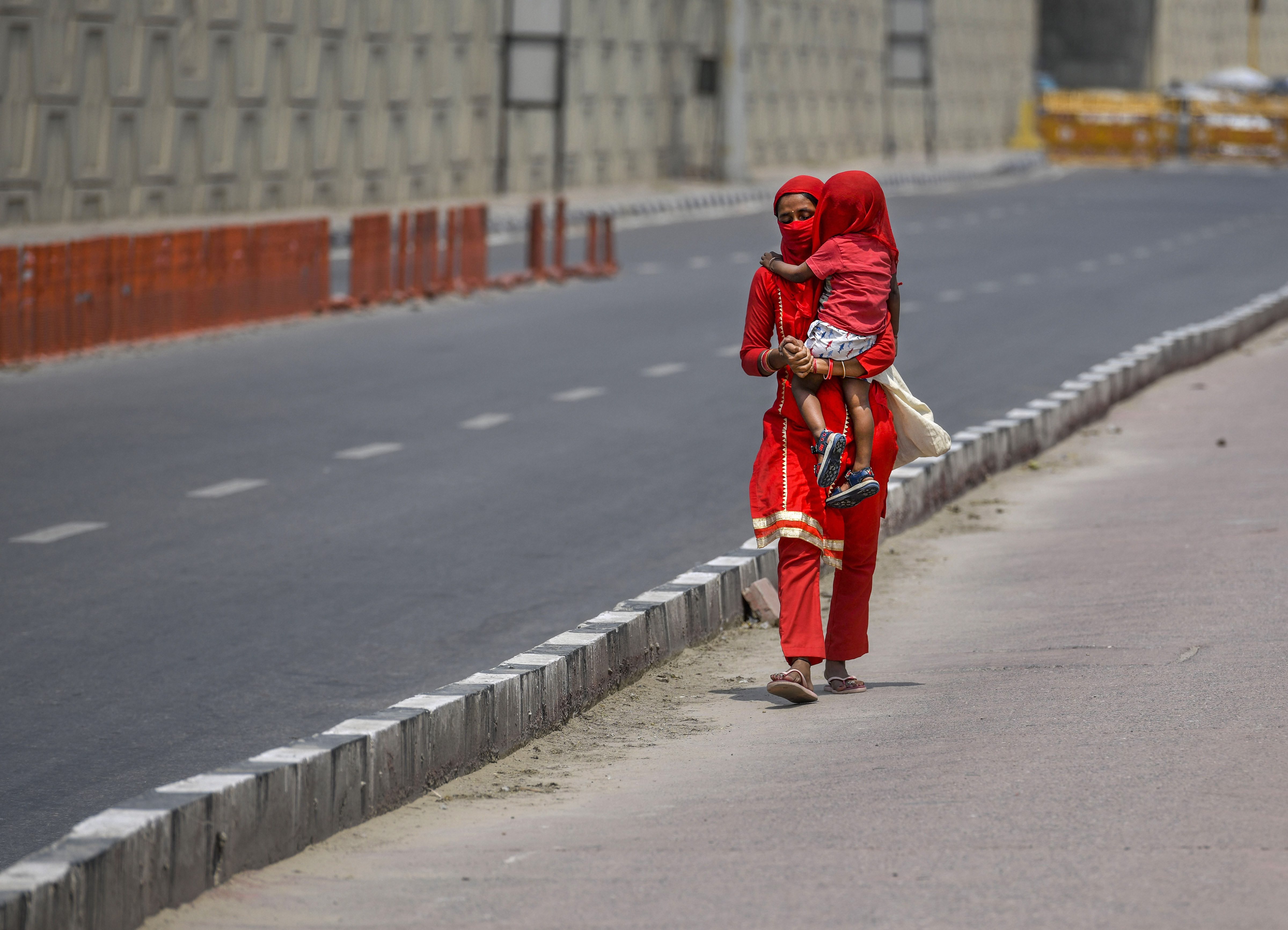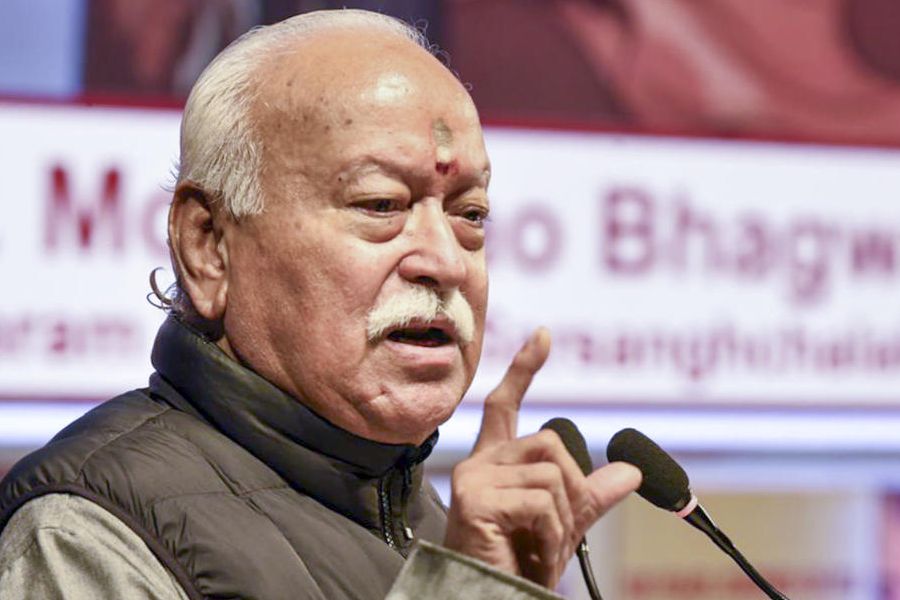India has ramped up the production of Covid-19 protective gear and medical equipment, providing a boost to its fight against the novel coronavirus and reducing the government’s dependence on other countries for such items which are in high demand globally due to the pandemic.
The Centre on Friday said it has placed order for 2.22 crore personal protection equipment (PPE), of which around 1.43 crore will be procured from domestic manufacturers and the rest imported.
The government also said it had ordered 60,884 ventilators, of which 59,884 will be made by domestic manufacturers and 1,000 will be imported.
Addressing the media on the situation in the country, P.D. Vaghela, the secretary of the department of pharmaceuticals and chairman of the empowered Group 3, said that against the projected demand of two crore PPEs, orders have been placed for more than 2.2 crore.
“Earlier, there was no domestic manufacturing of PPE and almost all of them were imported. We now have 111 indigenous manufacturers,” he said.
Orders for ventilators
Vaghela said that about 19,398 ventilators were available in India and orders have been placed for 60,884 more, and of these 59,884 will be made by domestic manufacturers.
The major domestic players include Bharat Electronics Ltd (in collaboration with Skanray) to whom orders for 30,000 ventilators have been placed, AgVa (in collaboration with Maruti Suzuki Ltd) to whom orders for 10,000 ventilators have been awarded and AMTZ (AP Medtech Zone) to whom orders for 13,500 ventilators have been placed, Vaghela said.
The ministry of health has indicated a projected demand of 75,000 ventilators till June 2020.
“The present availability is about 19,398. Of the total orders placed, orders for 59,884 ventilators have been given to domestic manufacturers and imports are to the tune of 1,000 ventilators,” he said.
Demand for masks
He said that of the total 2.49 crore N95/N99 masks to be procured, 1.49 crore have been ordered from domestic manufacturers and about one crore N 95 masks were being imported.
On production of drugs and other medical equipment, he said: 'HCQ (hydroxychloroquine) production has increased from 12.23 crore to 30 crore (tablets) per month.”
Oxygen cylinders
He added that over four lakh oxygen cylinders were available which was “sufficient for today’s requirements”.
“Orders for more than one lakh oxygen cylinders have been placed and industrial oxygen is being converted into medical oxygen,” he said.
He also said that against a demand for 35 lakh combined RT-PCR testing kits, ICMR had ordered more than 21 lakh and close to 14 lakh kits had already been received.
The Centre has decided to handhold states in purchasing VTMs and RNA extraction kits, he said.
Vaghela said there were several challenges before the government, including very high global demand for medical supplies and no production facility for PPEs and N95 masks in the country, besides small production facility for ventilators and testing kits.
“The required medical supplies were largely imported,” he said.
Supply chain within the country
The strategy devised was to see this as an opportunity to create supply chains and manufacturing within India by helping existing manufacturers to expand, identifying new manufacturers, hand-holding and facilitating, teams of officers, engineers and scientists deployed and import only if absolutely necessary to meet timelines.
The joint secretary in the ministry of health, Lav Agarwal, said that all the districts of the country had been divided into “red”, “orange” and “green” zones and stressed that the district administration through focused effort should ensure that these places where cases have come up can break the chain of transmission through effective and stringent containment measures.
Demarcated zones
The official said that “red” and “orange” zones had been defined in such a way that no critical area of intervention at the field level was missed out.
“Ruthless containment measures to break the chain of transmission will be taken in red and orange zones,” he said.
Talking about the criterion used, he said besides the number of cases, “the density of population, testing ratio and likelihood of an area posing a challenge for us later have also been considered while classifying districts into red and orange zones”.
“The biggest challenge is not whether a district is in the red or orange zone but if the containment measures are being properly followed so as to curb the spread of the virus,” Agarwal said.
Containment zones should be delineated taking into account mapping of cases and contacts, geographical dispersion of cases and contacts, areas with a well-demarcated perimeter and enforceability, he said.
States and UTs are also advised that containment zones can be residential colony/mohallas/municipal wards or police station area/municipal zones/towns, etc. in urban areas as appropriate. In case of rural areas, zones can be villages, clusters of villages or group of police stations or gram panchayats, among others.
States and UTs also need to clearly demarcate the buffer zones and containment zones, he said.
The Union health ministry has listed 130 districts in the country in the “red” zone, 284 in the “orange” zone and 319 in the “green” zone on the basis of incidence of cases of Covid-19, doubling rate, extent of testing and surveillance feedback.
This classification of districts is to be followed by states and UTs till a week after May 3 for containment operations.
The list will be revised on a weekly basis or earlier and communicated to states for further follow-up action.
Metropolitan cities like Mumbai, Delhi, Calcutta, Hyderabad, Pune, Bangalore and Ahmedabad have been designated as red zones in the new classification. enforceability











